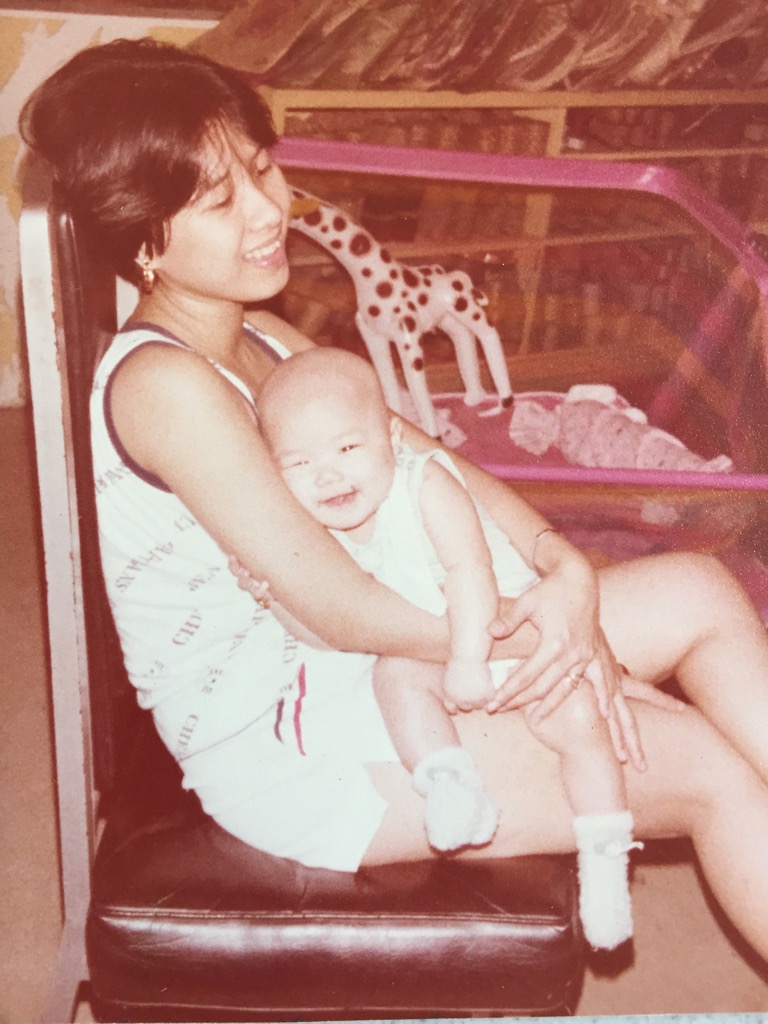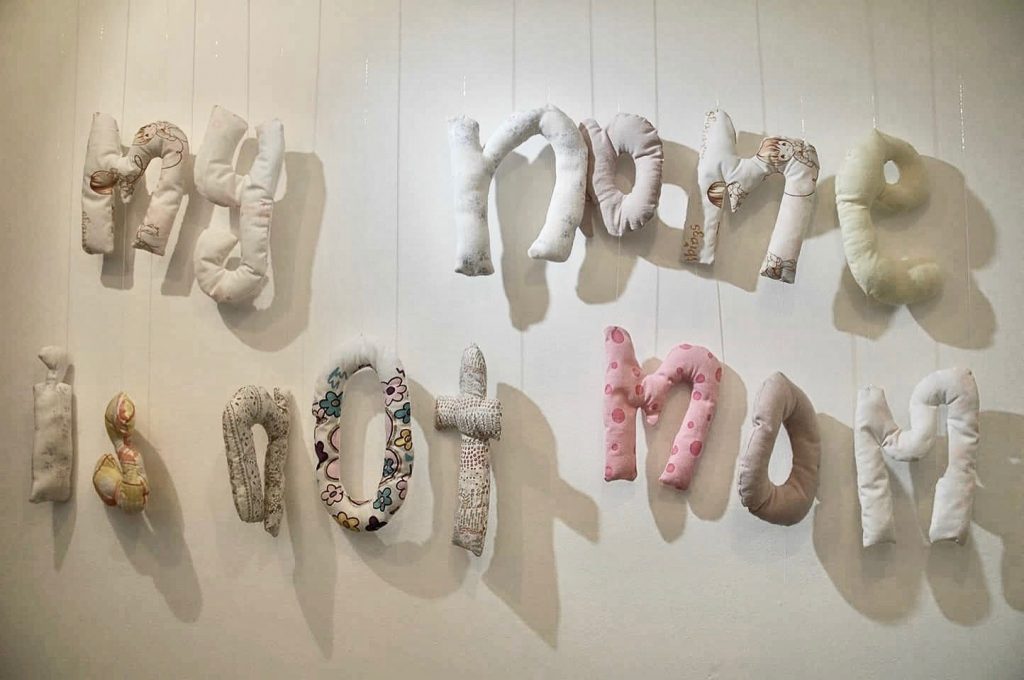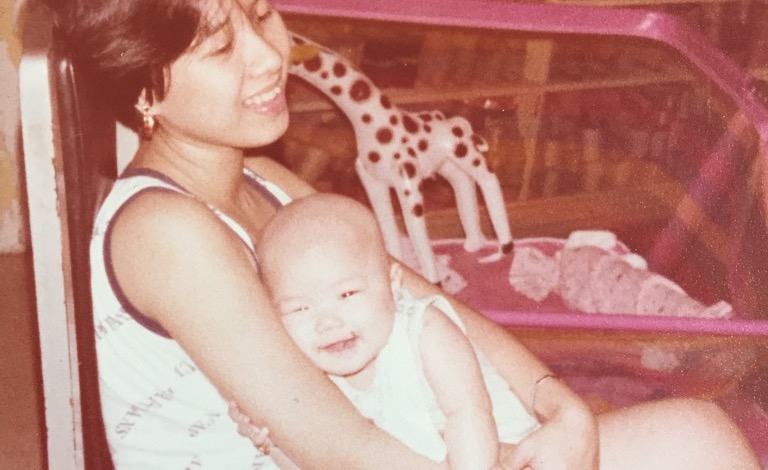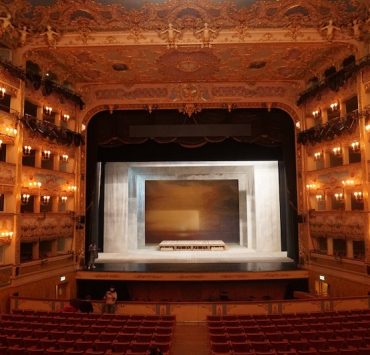Growing up, as I filled in forms in school or work, I always came upon a section asking about my parents’ occupation.
Father’s occupation: Government employee
Mother’s occupation: Housewife
Woman as symbolic wage earner
I grew up in a household kept by my grandmothers. My mom’s mom was a “plain housewife.” My dad’s mom was a nurse before she got together with my step-grandfather and gave up her profession during the 1940s to be a homemaker.
As a kid, I would often overhear conversations between my mom and other parents in our school. When asked what she does for a living, she would say: “Sa bahay lang. Nag-aalaga ng mga bata.” (“Just home, taking care of the kids.”)

“Just home” means a full day that begins as early as 5 a.m. and ends at almost midnight. All-day long, the hours are spent cleaning the home and supervising every little domestic detail—making sure the school uniforms are ironed white and crisp, preparing piping hot dinner for the whole family, thinking of a new menu all the time. My mom would even bring home-cooked lunches at exactly 12 noon to our school from grade school to high school so our ulam will be hot and fresh.
A mother spends her whole day “just taking care of the family,” her occupation designated as a housewife, always equated to “no work”—the whole system reeks of irony.
Tanya Schecter, author of the 1998 book “Race, Class, Women and the State” once said: “Society views domestic labor as women’s responsibility and assumes that it is a donation they should make to the economy.” The emphasis is on “responsibility” as “donation.” This shows how keeping home is directly connected to a monetary value. The mothers and homemakers who do not directly earn a living, contribute to the family symbolically by performing the “woman’s duty”—the endless domestic chores that make up for the time not spent on “working”/earning wages.
[I]f we look into the essence of motherhood, it is more than blood, cord and being cut from the same flesh. Motherhood is having that genuine choice to learn the responsibilities that come with mothering—the emotional, physical and mental preparedness. Even men can be outstanding mothers.
This is both a boon and a bane to the women/homemakers. The symbolic “wages” come in the form of love bestowed upon them as loving caregivers. But times are hard (especially under COVID-19, mothers should be called philanthropists with all their “donation”) and the need for tangible earnings, insistent. Hence, the popular put-down “just taking care of the kids/just a housewife.”
Womanhood = Motherhood?
Indeed, with such double standards, the woman’s place in society is hard to configure. Does a woman’s worth lie on her being a mother? Then God forbid if you can’t bear a child. The woman becomes indebted to her husband’s family, her husband and society.
I know how beautiful it is that a woman can give birth. That it is only a woman who can experience this. But if we look into the essence of motherhood, it is more than blood, cord and being cut from the same flesh. Motherhood is having that genuine choice to learn the responsibilities that come with mothering—the emotional, physical and mental preparedness. Even men can be outstanding mothers.

This is where the concept of gender roles come in. According to urban social anthropologist and social policy specialist Caroline Moser, “Gender roles are learned behaviors in a given society/community or other social group that condition which activities, tasks and responsibilities are perceived as male or female.” The reproductive work that society requires from the woman—the “childbearing/rearing responsibilities and domestic tasks… required to guarantee the maintenance and reproduction of the labor force. It includes not only biological reproduction but also the care and maintenance of the male partner and working children and the future workforce (infants and school-going children).” All fall under the prescribed gender role of the female.
These hegemonic, all-encompassing prescribed gender roles must be approached with criticality. The female as a gender role is something that needs to be studied. The bulk of atrocities do not just lie in the random physical violence against women but in the everyday systemic passive-aggressive attitude towards the woman, on what she should and should not be.
To acknowledge such a sacrifice from the woman necessitates a call of awareness on gender roles, to help both women and (cis)men equalize obligations so that the mother does not need to carry all the reproductive workload.
This is what I try to explore in my works as an artist. My work “My Name is Not Mom” is a set of soft sculptures hung like a mobile for infants on a white wall. It is a tongue-in-cheek statement, dealing with the varying contradictions revolving around the numerous definitions of motherhood, framed from the critical perspective of gender role studies. For example, a girl is given dolls, pots, pans, books filled with pictures of domesticated women. From birth, the female is conditioned to bear the burden of domesticity.

Anna Reeves Jarvis, a social activist and community organizer during the American Civil War, is the reason Mother’s Day started. She called to improve the health and sanitary conditions of mothers and children, lowered infant mortality rate through the Mothers Day Work Club (which her mother Ann Jarvis helped start) and even tended wounded soldiers from the Civil War. Then “Mother’s Day” became a carnival of commercialism that embellished only the superficial meaning of motherhood (through pink greeting cards, flowers, etc.) and waylaid the essence of honoring a woman strong and empowered, who took care of her child and her community without losing her identity.
Does it really boil down to one day a year? Mother’s Day they call it. Can we call it “Reproductive Role/Work Day”? Motherhood is unpaid work that involves sacrifices and aspirations set aside. Its merit is equal to more than greeting cards and flowers. To acknowledge such a sacrifice from the woman necessitates a call of awareness on gender roles, to help both women and (cis)men equalize obligations so that the mother does not need to carry all the reproductive workload. Reproductive work can be shared and is not exclusive to women only.
Motherhood is not determined. Motherhood is beautiful but it is not the woman’s only destiny. As it is not written in the stars or on stone, nor should a woman’s worth be weighed through her womb.
Get more stories like this by subscribing to our weekly newsletter here.
Read more:
Nikki Luna’s latest exhibit sheds light on the struggles of women in an anti-woman society
Sometimes, mothers don’t know best—and that’s okay
7 things you probably didn’t know about Mother’s Day
Writer: and PHOTOGRAPHY NIKKI LUNA




